Italian food culture is known all over the world and Italian cuisine is full of goodies like mozzarella, olive oil and Parma ham. But Italian cuisine also stands out because people eat, and look at meals, in a completely different way to the rest of the world. So it's not surprising that as a tourist, it's a bit difficult to know what to do in a restaurant.
We've learnt the hard way, trying our hand at restaurants and grocery stores during several trips to Italy. At the end of our last stay in the country, we also met Leif Berglund, who writes a blog about the Italian city Giazza, and his Italian wife, both of whom live in Verona.
They helped us understand Italian food culture even better and answered many of our questions. We will now share what we have learnt about Italian food culture.
Table of contents
Eat in the right order
The first thing to understand when ordering in an Italian restaurant is the order of the dishes. You don't have to order all the dishes (on the contrary - it's usually too much food and too expensive), but the dishes you choose must be eaten in a certain order. the right order. So you can make your own combination and, for example, order the right 2+4 or 3+5 or whatever you want.
- Aperitivo - a small pre-drink, such as prosecco.
- Antipasto - starter. Often something cold cut such as cheeses, ham, tomatoes or perhaps a good marinated cheese. olive …
- Primo piatto - the first course. Usually pasta or risotto, but it can also be soup. Compared to pasta and risotto in Sweden, the ingredients are often few and the pasta/risotto should be quite "dry", i.e. not too saucy.
- Secondo piatto - the second course. Now they serve meat or fish, but you only get the exact piece of meat or fish you ordered. If you want a side dish, you have to order it. Contorni - side dish. The side dish can be salad, grilled vegetables or some kind of potato and is eaten on a separate plate. Sauce is almost never served, except for some specific dishes such as Vitello tonnato (veal with tuna sauce).
- Dolce - dessert. Now it's time for something sweet, such as ice cream, pannacotta or a pastry.
- Coffee After dessert (note - not at the same time!) you can order a small cup of strong Italian coffee.
- Grappa or something else strong can round off the meal.
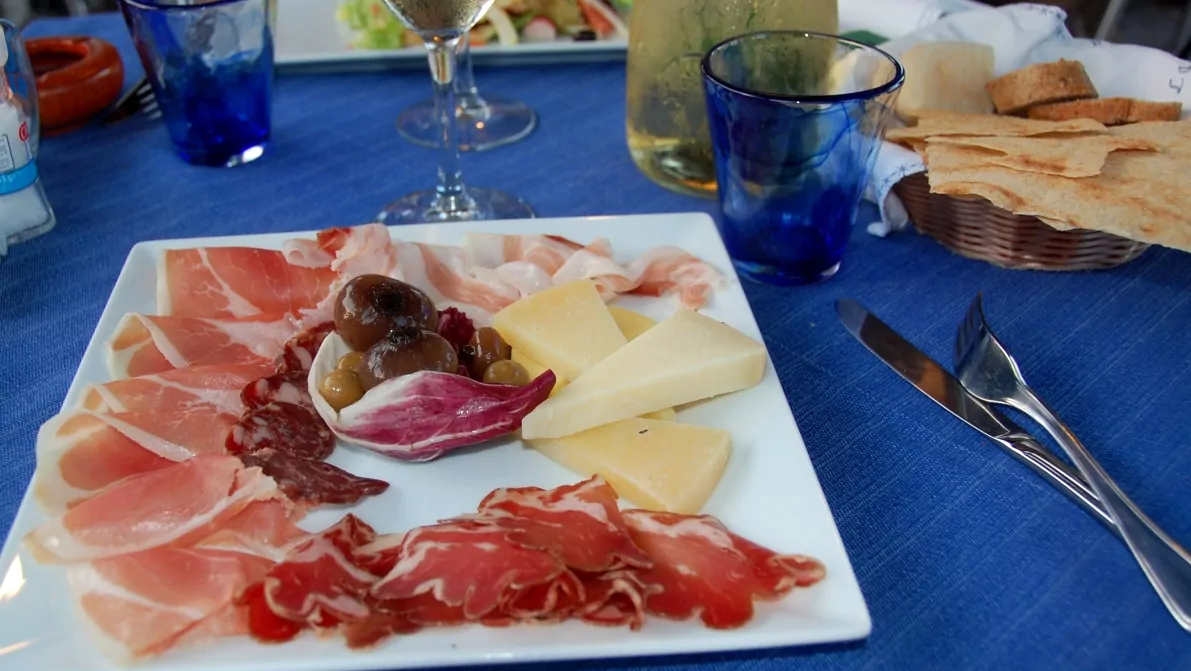
Do not mix flavours
The hardest thing for us to adapt to is thinking and eating like an Italian. In most other countries in the world you combine different flavours, a certain sauce with a certain kind of meat and so on.
In Italy, pure flavours are celebrated, and each part of the meal must be enjoyed and appreciated for its own taste, without having to mix it with anything else. We've had some difficulty understanding the appeal of a single piece of fish or meat, but good cheeses and hams are perfectly enjoyed as they are!
Do not spin the spaghetti on the spoon
I mean, it's unbelievable! I've spent half my life trying to learn that tricky art of spinning spaghetti on a spoon, and it turns out that you can't even shall do so. The spoon is presented by restaurants if they think you are a tourist.
They spin the spaghetti on the edge of the plate. It's not very easy either, but at least it's a little easier to avoid having to keep track of the spaghetti. two cutlery while dealing with the winding spaghetti.
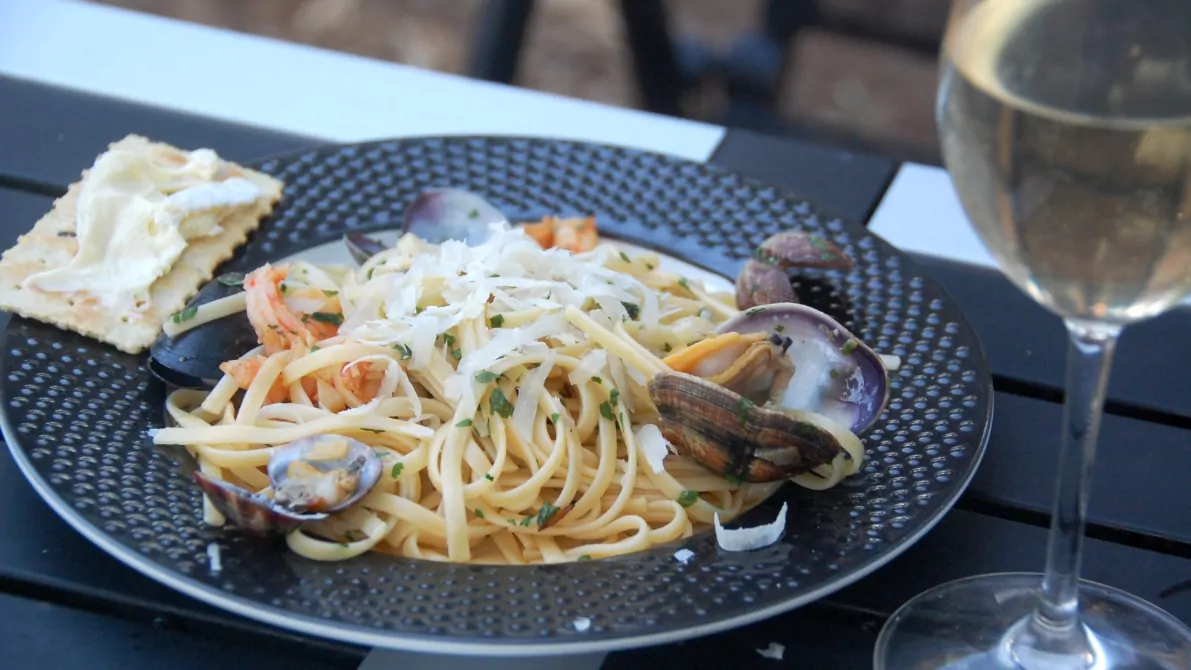
Don't look for non-Italian restaurants
When you are in Italy, you should of course take the opportunity to eat Italian food. It is part of travelling to experience the country's food culture. In addition, in Italy you often have no choice. Since we during our last visit to Italy spent about two months in the country, we were a few times tempted to maybe find sushi or wok for lunch, but it was useless.
Probably foreign restaurants can be found in larger cities, but you may need to know the address to have a chance of finding such rarities. Italians eat Italian food and that's that. Just adapt and order pasta, risotto or maybe a pizza. The same goes for grocery stores. There is no need to waste energy trying to find crème fraiche, Greek yoghurt or Asian spices. It's all about pasta and olive oil!
Enjoy fresh ingredients
Rather than looking for what isn't there, you should enjoy what is there: fresh, high-quality produce. Many Italians buy from local producers and it's easy to find high quality cheeses and hams, as well as fruit and vegetables with amazing flavour.
In the small villages you can find small meat shops where all the meat comes from local breeders. In one such village we took the opportunity to buy salsiccia and at the same time we got zucchini, spinach and salad that newfound friends grew themselves. It didn't take much cooking to make it taste good, so to speak!
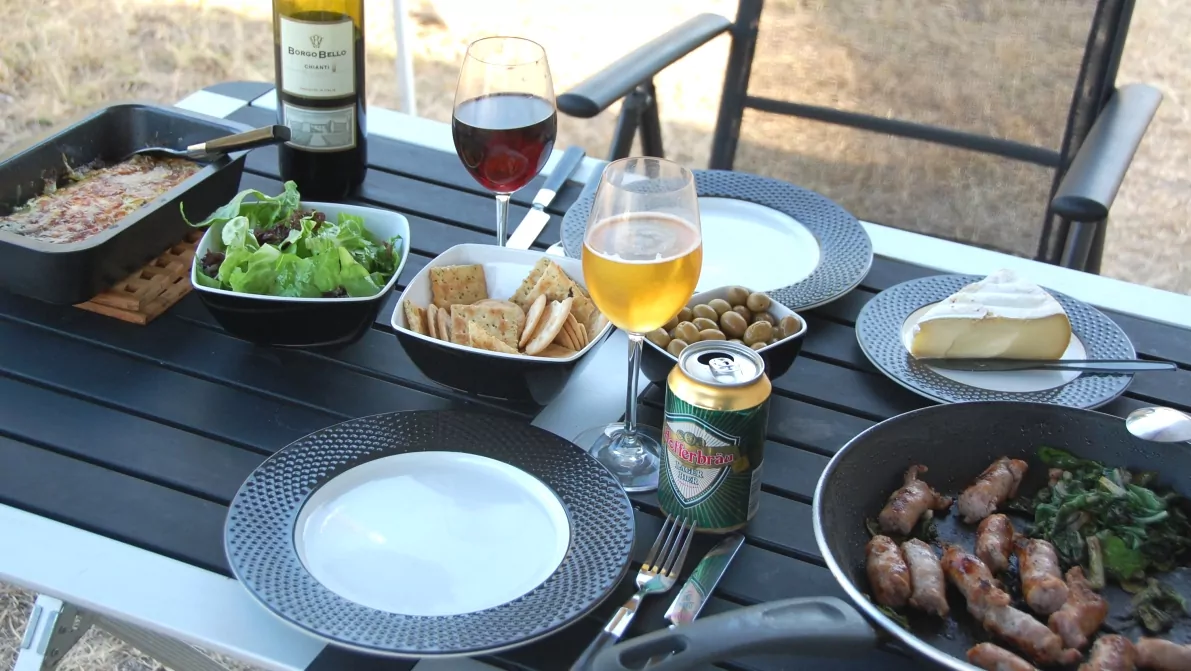
Search for aperitivo
One of the best things about Italy is that in many places in the afternoon you can order a drink (or beer or wine) and get some snacks at almost no extra cost. I Noto in Sicily we ordered a beer for 4,50 euro each and by adding 0,50 euro we got "some" snacks. I miss this phenomenon in Sweden!
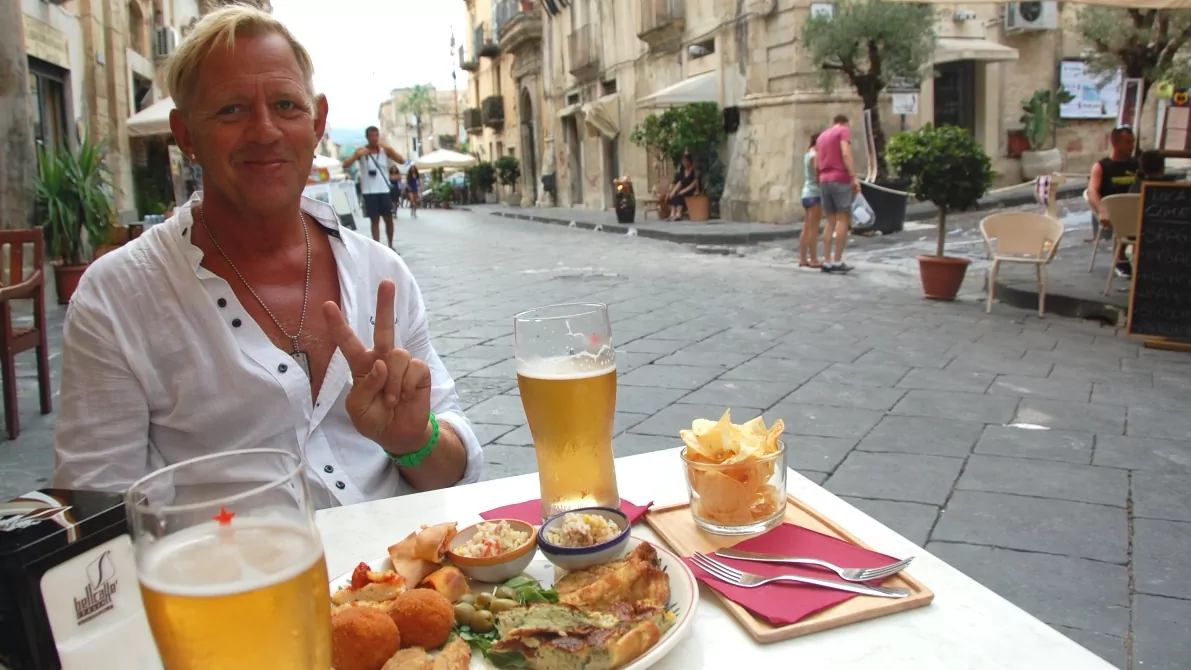
Northern Lake Garda in Italy - Riva del Garda
Northern Lake Garda in Italy - perhaps the most beautiful part of Lake Garda! Here, among other things, Riva ...
Nice days at Italian Lake Como
Guest writer: Pernilla On this trip, my husband and I were going to explore Lake Como. After...
Vatican City - the smallest country in the world
The world's smallest country is located in the centre of Rome and is called Vatican City. It is home to the Pope, who is the head of state,...
Piantelle campsite on Lake Garda in Italy
At the moment we are testing at a campsite on Lake Garda in Italy. We are standing on the south-west side...
Ferry Italy - Greece
Last night we took the Italy - Greece ferry, from Brindisi in southern Italy to Igoumenitsa in...
Milan's city campsite - and a damaged motorhome ladder
Here at Milan's city centre campsite, we've been busy cleaning and washing. Not a cheap pleasure...
Driving in Northern Italy - 5 destinations not to be missed
Today we present a guest article There are many ways to experience Northern Italy. Some prefer...
Shopping for wine in Italy - smart wine buying in Valpolicella
Who doesn't want to take the opportunity to shop for wine in Italy? We took the motorhome to the wine regions north...
Wines from Italy's Piedmont - inspiration for a tantalising region
We have tasted wines from the Italian Piedmont and - above all - we have become curious...
Giazza - a mountain village in northern Italy
Giazza is a small mountain village in northern Italy that we had the chance to visit. The best...
A motorhome trip to Italy: Tuscany and Rome
Guest writers: Maria and Jöran Here we continue our retrospective from the years with a motorhome. Fits very...
From Sicily to Calabria
Yesterday it was time to leave Sicily and roll into Calabria, the Italian region down...
Valpolicella - with visits to wine producers
Making a visit to the vineyards of Valpolicella was one of the things we really saw...
Wine tasting in Valpolicella, Italy
Day D. Finally, it was time for the wine tasting. This is what I've been talking...
Lago di Braies in the Dolomites - beautiful alpine lake in Italy
Lago di Braies, or Pragser Wildsee as the lake is called in German, is a magically beautiful alpine lake...
Tropea in Italy - enjoy holidays in Calabria
Tropea in Italy took us by storm. The cliffs are high, and the village sits at the top with...
Visit the Colosseum in Rome - and the Roman Forum
Visiting the Colosseum in Rome is powerful! This impressive amphitheatre was completed in 80 AD...
Aperitivo and shopping in Milan, Italy's city of fashion
In the end, we ended up visiting Italy's number one fashionable city - it was...
What to do in Rome - tips for sights and activities
What to do in Rome? Italy's capital is like a living history museum, but...
Ecological holidays in Italy - relax at an eco-resort in Umbria
In collaboration with Il Cantico Della Natura Curious about an organic holiday in Italy? We have...
Lago d'Iseo - Italy's most beautiful lake?
Sure, Lake Garda is beautiful, but Lago d'Iseo is almost even more beautiful! We drove there in the evening...
Jesolo International - luxury camping in Italy
The luxury campsite Jesolo International is located in Lido Di Jesolo, Italy. Here, close to Venice, you'll find...
A day in La Spezia, Italy
Our Mediterranean cruise with Freedom of the Seas started in Barcelona and then continued with stops in...
Driving in southern Italy
The last two days we have been driving quite long distances here in southern Italy. The day before yesterday...
Verona - with the Roman amphitheatre
Lovely Verona in Italy! The Teatro Romano was built in 30 A.D. and could be used as a...
Chioggia, Italy - Welcome to Little Venice!
It is not difficult to understand why Chioggia in Italy is called Little Venice. Just like Venice...
See Rome for free!
Guest writer: Charlotta Rönn A big city does not automatically mean a big hole in the coffers - not in Rome....
Church of the skull in Otranto - 800 skulls in an Italian church
The cathedral of Otranto in southern Italy is sometimes referred to as the Cathedral of Otranto, and there is a...
Italian playa - Sabbiadoro near Lignano
Now we are in the Italian playa, at a campsite called Sabbiadoro, outside Lignano on the...
An inspiring weekend trip to Italy - Florence and Bologna
Guest writer: Miss Lopez This weekend I finally got to go back to Italy, a country that has always been...



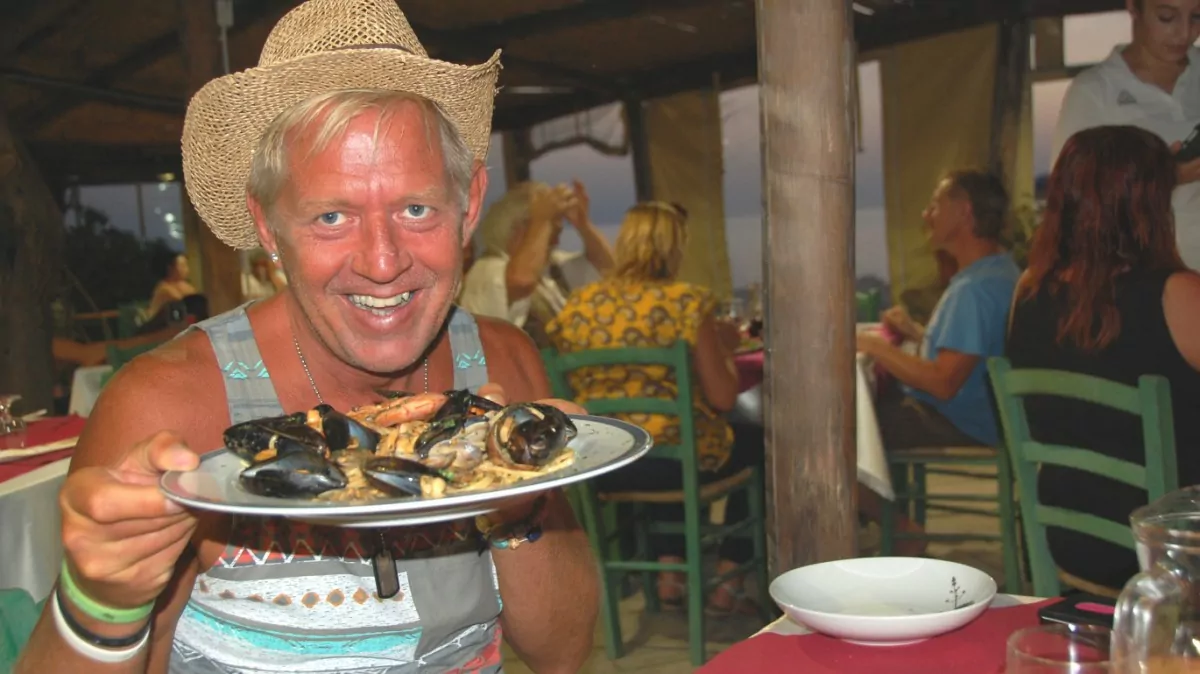






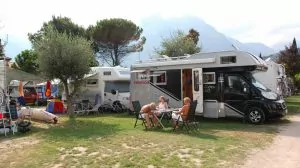





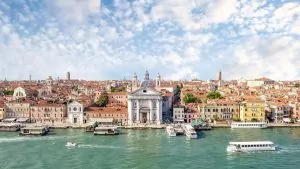

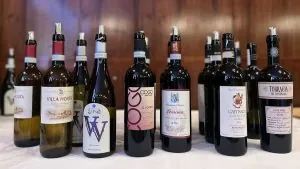
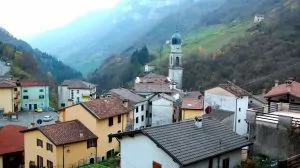

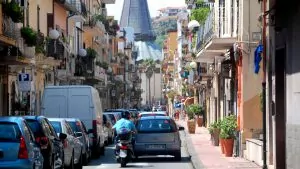
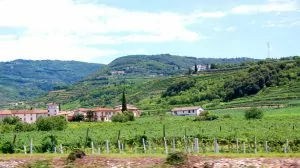


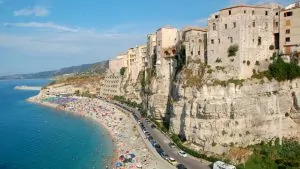

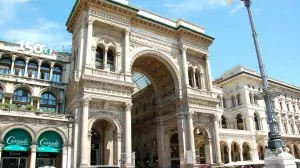


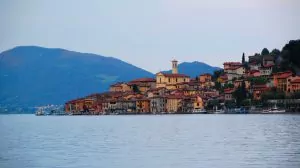


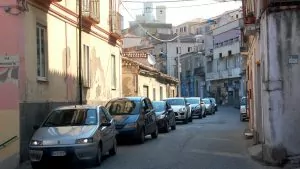


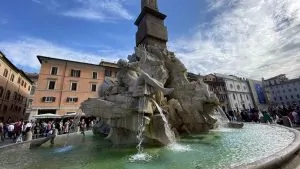



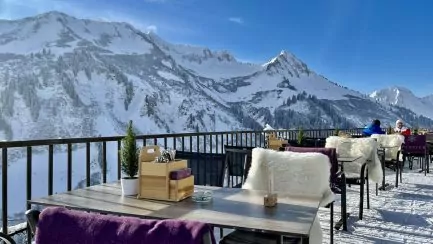


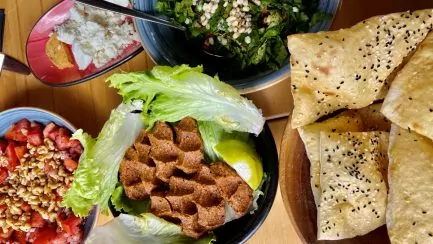
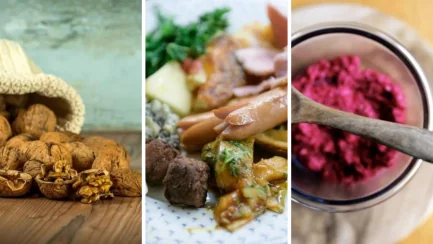




4000mil says:
Really love Italy and Italian food!
The spaghetti spoon thing was hilarious. You go around carrying lots of "truths" that often turn out to be myths and fabrications.
I, for example, who was a "good student" in school, think I know a lot of historical facts and then my husband (who was not a good student) googles and tells me that it says that this has been found to be untrue, it was just a myth that ended up in the history books.
31 March 2016 - 8:15
Ama de casa says:
Imagine that it can be a whole science, that of eating... 😉 I usually mostly pick what I happen to order. In what order, it will be what it will be with 🙂 ðŸ™'
31 March 2016 - 8:45
admin says:
4000 kilometres, how interesting that is! Some things you walk around and "know" for several decades, and then it turns out that it is wrong... Since I work in research, I am quite used to everything being checked with lots of sources and well-conducted research studies, etc., but then there are other things in everyday life that you are so convinced that you forget to check at all... I really recognise that!
Ama de casa, in Italy it really is a science! 😉
31 March 2016 - 8:53
Ann-Sofie says:
The hardest thing to remember is to order Contori. I don't know how many times I have ordered a fish/meat dish and after a while realised that I should have ordered potatoes/salad as well. It usually takes too long to reorder.
What the restaurants have to offer also depends very much on what people eat when they eat out. Here in Licata there are no or at least very few restaurants that serve lunch. Because lunch is eaten at home, period. If you go out in the evening, 7 out of 10 restaurants are pizzerias with only pizza on the menu, because if/when you go out to eat, you want something that cannot be prepared at home.
31 March 2016 - 9:21
Ditte says:
I think food is almost half of the experience of travelling. And finding the local if possible.
But in Italy, Italian is the name of the game, but in the rest of Europe you can find, for example, Asian restaurants if you want to.
Italian restaurant prices are high, so if you're staying in the country for more than a week, it's a big expense to have dinner at a local restaurant every day.
I think it felt a lot for 4.50 euros for a big beer, I'm used to it in Spain costing about 1.50 and then it usually comes with a tapa. And if you add a little, there will be more. DEtta I also miss in Sweden and here an equivalent beer costs significantly more.
It's interesting to know this about flavours in Italian cuisine, but I still find it boring and colourless to have a grilled fish or piece of meat that looks alone on the plate, possibly enhanced by a piece of lemon.
I learnt the art of eating pasta on site many years ago, but at home I cheat with the spoon, which makes it less "light".
Thank you for the nice reading.
31 March 2016 - 10:58
JoY says:
I really miss the Italian flavours when we get home. It will not be the same to cook it here at home. It is Italy itself that makes the flavours and that the simple and few ingredients taste so good.
I spin the pasta both in spoon and plate, tourist that I am hihihi
Hugs
31 March 2016 - 11:00
Lennart says:
Italy and its food are on the wish list.
Travelling around different farms and trying things out, such as Tre Stjänor.
31 March 2016 - 11:28
Imelda says:
Food is good! We knew about the spoon and the accessories, but we also come from the neighbouring country where they do it the same way. I also always miss the good snacks here at home!
31 March 2016 - 12:26
BP says:
Italy's food culture is not unlike that of Spain. Here you also eat three- to five-course meals that are carried in as you go, and you definitely don't lose weight!
The difference is the price and that snacks are automatically served with beer/wine and included in the price. The price of food and drink is over 50 per cent cheaper here.
At Public in Täby they have started with snacks. 25 SEK/piece...
31 March 2016 - 12:54
Maggan and Ingemar says:
We're not big on eating out....I'm almost always disappointed 🙁.
We found the Italian food and way of eating it very strange.
Always forgot to order the salad / potatoes and then the food was poor, and it was also expensive. Most often we hardly knew what we had ordered, is not so at home in Italian.
We prefer to cook our own food and know what we are getting on our plate.
31 March 2016 - 13:48
Annika says:
Fun to read!
Interesting.
So, what I like to order beer / wine and get some good snacks in the meantime. Wonderful.
I would like it to be like that here too.
Yes, there really is a whole science to knowing how to eat and order.
31 March 2016 - 14:29
Anna, New York - My Bite of the Big Apple says:
What a great and concise guide! I first enjoyed one of those mammoth dinners with all the trimmings when I was 18, visiting a pen pal in Milan on a train journey. I still remember the meal and that it ended with icy cold lemon vodka. 🙂
Today, unfortunately, I don't eat gluten so it can be a bit problematic. But the next trip is to Rome and there are many gluten-free restaurants there anyway.
Lovely picture at the top of the post!
31 March 2016 - 16:17
Goatfish says:
What a great food information and guide you have posted! 🙂
And I ate those mussels in Brussels, with pomp and circumstance 😉.
I've been to Italy twice in my life and it's been a long time, but it's tempting. It's not a cheap country, of course.
It has been both apartment and hotel accommodation, no camping.
Today I celebrate 10 years of my blog and there is a camping picture from 2006 😀.
Hugs, Gerd ♥
31 March 2016 - 17:27
admin says:
Ann-Sofie, yes it takes a while to get used to ordering contorni! 😉 Interesting that it is so difficult to get lunch where you are! We have found lunch when we looked, but then we may have either been in a slightly larger city or a city where there are tourists....
Ditte, I agree that the price level is high, especially if you are ordering segundo with side dishes. The times we ate out it was usually lunch, and then a pasta or risotto. On our birthdays, however, we celebrated with a few more dishes, but then it costs! Mostly we ate in the motorhome...
JoY, I can agree that it is a bit difficult to get the same flavours here at home, for some reason. But some ingredients, like tomatoes and olives, actually taste extra good in Italy! 😉
Lennart, I don't know three stars... what is it?
Imelda, then I understand that you had better control of the spoon than we did 😉 Yes, it's good to get some small accessories for the drink? 🙂
BP, there are some similarities between Italian and Spanish food, but quite a lot of differences I think too... The price is definitely better in Spain! Interesting that The Public started with snacks. I've seen it somewhere in Stockholm too, but it's usually expensive...
Maggan and Ingemar, we also get disappointed from time to time. It almost feels like you have to read up on restaurants beforehand. Just taking chances (as we often do) doesn't always work out well... I think pasta or risotto is probably better (and more affordable) to order in Italy. And if you want to combine with antipasto or dessert. We are rarely satisfied with the meat and fish dishes...
Annika, I love being able to bring in some small dishes for the drink. I think a few places have started doing it in Stockholm, but it's expensive....
Anna, I understand that you remember such a huge dinner! It takes a while to get through all the dishes, and you have to be hungry beforehand 😉 I understand that gluten intolerance can be tricky in Italy... so good that there are gluten-free restaurants in Rome!
Geddfish, Belgium is good at mussels too and it is delicious! 🙂 I agree that Italy is expensive. We managed somewhat by camping and mostly cooking ourselves. Congratulations on the 10th anniversary and of course I will check out the camping picture with you! 😉
31 March 2016 - 17:42
Snows says:
You will certainly not be disappointed with Italian food, but it is good to know how it works. In Sweden we are used to side dishes and salad being included, but in Italy you have to plan the meal a little more. But dear trouble 😉
31 March 2016 - 19:01
Maria says:
Great guide! 🙂 Eating pasta with a fork and spoon is done when you haven't yet mastered the art of eating with just a fork, i.e. children and non-Italians who haven't yet got used to it 😉 .
31 March 2016 - 19:43
Matts Torebring says:
We went to Italy for the first six or seven motorhome holidays we took in Europe in the early 2000s. Last time I promised never to come back. We will see how long I stick to this. I have not yet longed to go there. They are good at food, but terrible at speaking more than Italian. The same goes for wifi. It was the latter that annoyed me the most.
31 March 2016 - 20:12
Alexandra says:
Oh I loved the food and the whole food culture in Italy, nom nom nom nom! I love pasta and pizza in Naples and I loved that you could order the protein and the side dish separately, like freedom of choice ? Or to first eat a good pasta and then some grilled scampi as secondo piatto. Oh I don't like a lot of sauce with the food usually... Yes as you hear, I <3 Italian food haha
31 March 2016 - 20:34
Cat's Considerations says:
Great post. I too am a big fan of Italian food.
31 March 2016 - 22:58
admin says:
Znogge, yes it is as you say, you have to plan a little more. It is partly about getting a good meal but also making sure that the price does not skyrocket when ordering many dishes and side dishes 😉.
Maria, yes we have understood it now! But I think it's very difficult with that spoon 😉.
Matts, I agree that the English language can be a bit hit and miss, but I think it can be like that in Spain and France as well. WiFi has probably gotten a little better since you were last there, we did not have such a big problem during the last trip, but there was probably some place where it did not work ...
Alexandra, I hear you are a fan of Italian food 😉 We like the ingredients a lot! After a few weeks in the country, we still find it a bit difficult to order. I think it is because we are not so fond of pizza or pasta and we do not like meat without sauce. There was a lot of risotto if you say so 😉.
Katta, lovely! Many people like Italian food, and there are lots of fresh ingredients and good flavours in Italian cooking!
01 April 2016 - 7:59
Mr Steve says:
Wonderful! In Italy, there is a real love of food and eating.
I have also done the spinning against the spoon, but now that I am "one-armed" I can only do the right thing.
01 April 2016 - 10:51
Birgitta in Umeå says:
I was at a weekly conference at Riva del Sol many years ago. It included a starter and main course for both lunch and dinner. And dessert for dinner. We sat 4 at each table. One day during the week we got vegetables as a starter. At last! I wanted it for the main course so I saved it. The other 3 at the table ate it. Then we had to wait for the main course, even though all the other tables got it. Then I started to understand. So I told the waiter that I would take the salad with the main course. Then they understood.
Last autumn, when my husband and I were in Sicily, we never had lunch. We went to taverns and had a glass of wine. Usually we got lots of meze which was enough. And much cheaper. We also do that in Greece where we go many months a year. Meze that you get for the mug is enough.
01 April 2016 - 14:48
admin says:
Steve, of course they are careful about the ingredients in Italy! And yes, now the pasta is automatically right 😉 .
Birgitta in Umeå, haha, what an interesting story with the vegetables that you wanted to save for the main course! It really describes how our way of thinking collides with the Italians 😉 And the meze with the wine sounds nice! 🙂
01 April 2016 - 17:10
Marina says:
It really looks wonderfully good! I remember my first encounter with Italian food which was during a skiing trip to the Dolomites with half board and where we thought we had finished eating after the pasta the first evening, but that was not the case... Wow, what food it was!
01 April 2016 - 20:32
Susie on the Star Road... says:
My hubby and I love good food in - almost - all forms and from all countries. We always eat salad, we eat a lot of vegetable dishes, we like to eat well-spiced (i.e. really strong) food from both Asia and Mexico BUT....we have a bit of a problem with Italian food!
This is because there is garlic in almost everything. We don't like the bland flavour of garlic....also, my hubby is a "potato freak" and never wants pasta. But I cheat and make some "Italian" dishes where I skip the garlic and also give him boiled potatoes instead of pasta. Then we both think it's good..... *fniss*
PLEASANT WEEKEND
Susie
01 April 2016 - 23:47
Veiken says:
Italian food is a treat for the palate, but hardly for the wallet! Here we enjoy mozzarella almost every day. Cheap and always plentiful! Mmmmm..... PS. Like your post! 🙂
02 April 2016 - 5:39
admin says:
Marina, haha it's a bit difficult when you have no idea how many dishes are coming ... 😉 .
Susie, interesting! I haven't actually thought about the garlic, although maybe it's because I like garlic. However, we are not overly fond of pasta either. I think it's ok as a change from time to time, but Peter is happy to avoid pasta 😉 Have a nice weekend!
Veiken, I agree that eating out in Italy can be very expensive. We ate several roots on two occasions (our birthdays). Otherwise it was food in the campervan or a lunch with only risotto or pasta or pizza ...
02 April 2016 - 6:44
Jeanette says:
Now we don't really travel like that, but the food is something special when you come abroad 🙂.
02 April 2016 - 9:37
Mia says:
Oops that I have not found here before, or the memory is good but short 😉 love travelling both their own and others and camping has been a big part of our life together me and my husband.
Check in and read on again soon, absolutely 😀.
02 April 2016 - 12:04
Mr Chris says:
I have not spent much time in Italy and realise that there are things to learn here.
03 April 2016 - 7:33
admin says:
Jeanette, that's right, part of the experience!
Mia, how nice that you found here now! 🙂
Chris, yes, food and eating is a bit of a science... 😉.
05 April 2016 - 21:00
Lisbeth Faldetta says:
Hey, hey, hey, hey,
I have been married (now widowed) to a Sicilian for 35 years, we have never lived in Sicily but in Switzerland and Finland. We have always eaten exactly as you describe. The same order, no sauces, meat, fish "alone", dessert and coffee separately...
Greetings from Lisbeth
08 April 2016 - 18:41
Italiana says:
Very good tips! I have Italian family and
R often in Italy but did not know that the dessert and the coffee are separate... you always learn something new! 🙂
I can tell you that as a true Italian, you never add parmesan to pasta dishes that have fish or seafood. But in Italian restaurants, they may still ask if you want parmesan if they think you look like a tourist...
19 March 2022 - 17:33